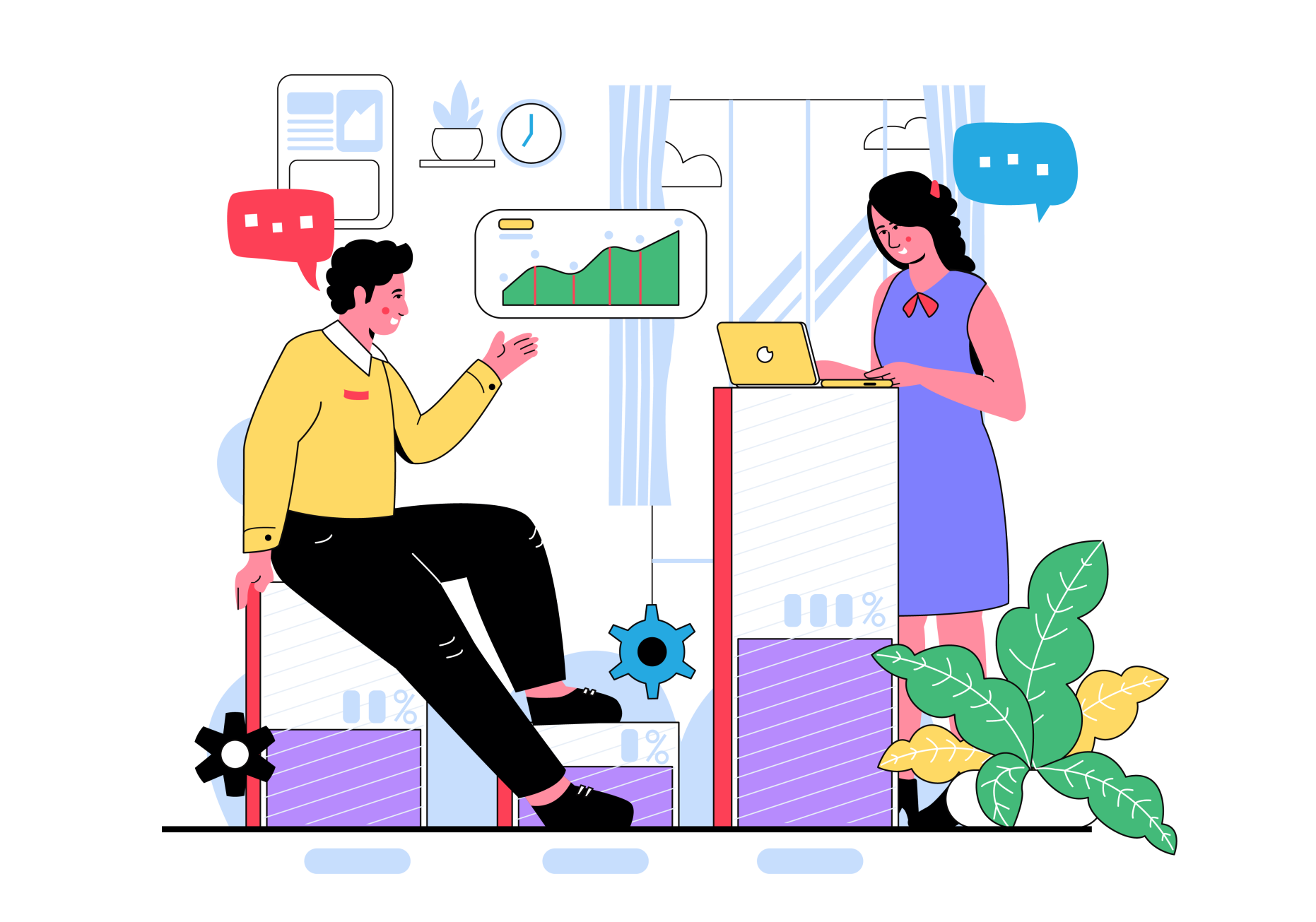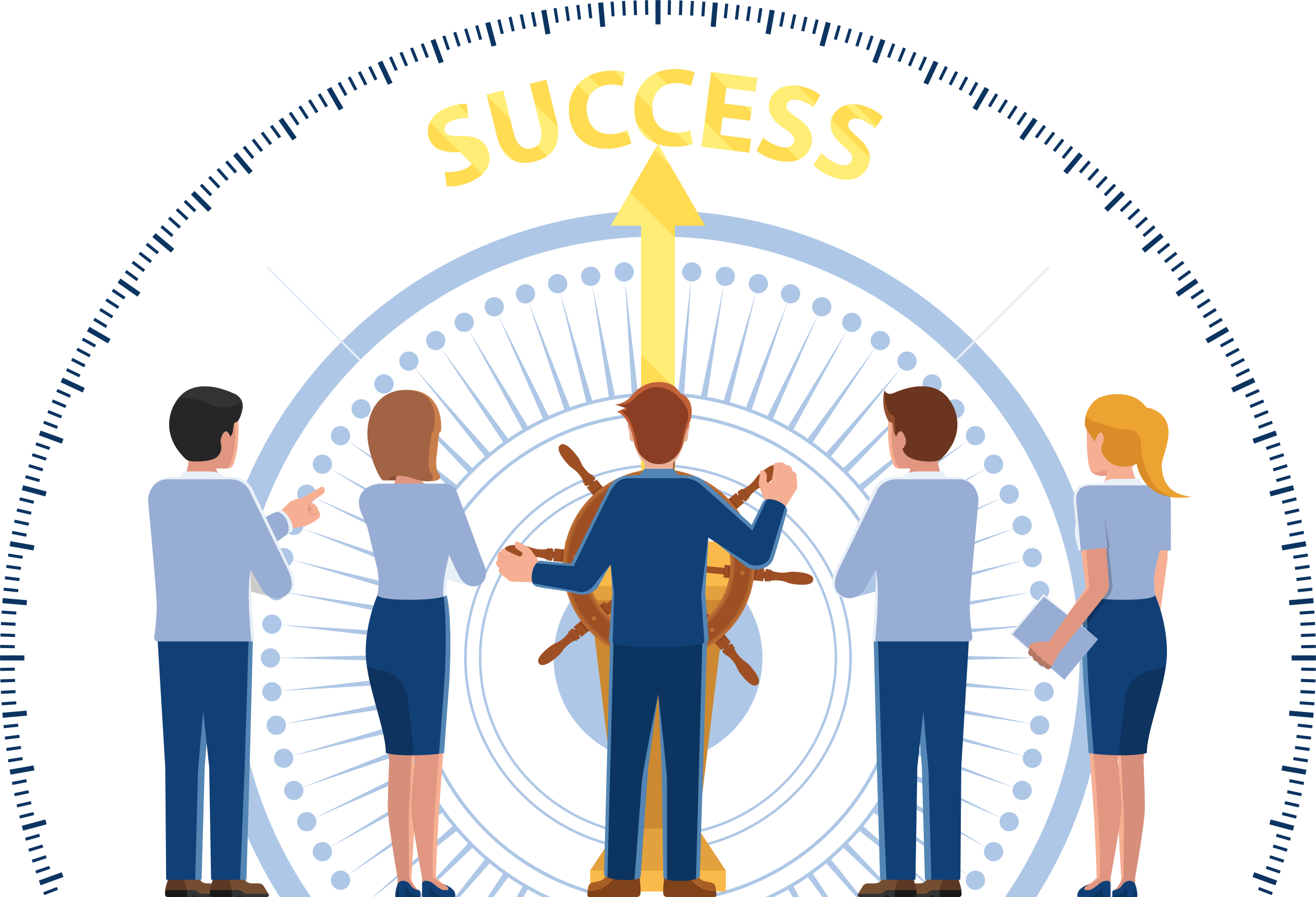Tasting Success: 7 Reasons Why You Need to Walk in Your Customers’ Shoes
A guest article by Carmel Granahan, Head of Customer Success and founder of Unify Success
Close your eyes and imagine.
Imagine you’re in a restaurant.
You’ve been thinking about a nice curry for the last 2 weeks and are elated when you see it on the menu. But before you make your choice, you ask the waitress for their opinion…
”How spicy is the curry?” – pretty normal question to ask in this setting.
And she replies “not really”,
Now this is a very subjective opinion so based on her answer you go ahead and order it.
Turns out, it was too spicy, well too spicy for your tastebuds anyway and it leads to you taking a few mouthfuls before your mouth is literally on fire.
And you give up after shoving the rice around your plate trying to avoid the curry for a good 10 minutes.
Or imagine the opposite, you order a dish that lacks any flavour or seasoning and whilst you may eat most of it begrudgingly as you are starving, you don’t enjoy it AT ALL.
In both situations, the outcome is not a pleasant one.
You want to enjoy your meal.
Not too hot, not too spicy, not too bland, not too overpowering. After all, your aim when you go to a restaurant is to satisfy your hunger pangs, not the opposite.
Now let’s rewind. Ideally, before the waitress answered your question, she should have done her research to find out more about YOU as a customer and YOUR culinary likes/dislikes before giving a generic “no, not really” answer.
Now let’s apply this to Customer Success, we’ve all heard the expression “walking in your customers’ shoes” but have we ever truly thought about what it really means?
In essence, it means to understand someone’s life by living it, and comes from the saying “don’t judge someone until you’ve walked a mile in their shoes”.
In the software world, walking in your customer’s shoes involves understanding their needs, challenges, and goals.
Just as making sure you satisfy your customer with the correct meal recommendation, the same is true to ensure your software fits your customers’ needs and helps them solve a problem.
So how do you walk in your customers shoes as a Customer Success Manager?
1. Do your research:
In the case of the waitress, she should have ideally tasted the curry herself and known based on her own likes/dislikes what level of spiciness she would rate it.
She should have also asked the chef and see what he/she said as they essentially made the curry so they know what ingredients they used and how many chillies went in.
Now think of this in Customer Success terms – this might mean using the software yourself, not just as an expert, but from the perspective of an end-user. Find out more details about their situation and create their setup in your software as if you were that customer or do a 1:1 to get a better idea of their use case.
This, along with doing your own research like checking out their website, customer reviews and their social media platforms will all contribute to you getting to know your customer better and better serving their needs.
2. Ask questions:
You need to ask questions to understand the customer better.
In the case of the waitress, she could have asked;
- Do you typically like spicy curries? What they say here will usually give you a good indication of the level of spiciness…if they reply “The hotter the better” then you know they like it hot, hot.
- What level of spiciness do you usually go for?
In Customer Success, start by asking yourself these two questions:
- What does a day in the life of my customer look like?
- Would I like to be a client of mine?
If your answers are “I don’t know” or “No” then you need to get back to the drawing board and re-connect with your customer and ask them some discovery questions like:
- What’s the biggest problem you’re looking to solve with our software?
- What would you like to achieve using our software?
- Who are the primary users of our product? Do they have different needs/goals?
- What does success look like to you?
- If you could wave a magic wand, what would you like to have achieved 6 months from now?
- How long have you been in this role?
- How is the company doing?
- Who are your target audience?
- How many customers do you have?
- What challenges is your company/industry currently facing?
- Who are the key stakeholders involved in the decision-making within your company?
- What are the main obstacles when adopting new solutions?
- Are there any critical deadlines your company is working towards?
- Can you share any recent company success stories?
Note: don’t ask them all at once but these are just a summary of some of the questions you could ask to find out more about them as a company/customer.
3. Active Listening:
Pay close attention to customer feedback and address customer concerns head-on. Sometimes it’s not what they say that’s important, it’s more how they say it.
Back at the restaurant, the curry has been served but that’s the end of the interaction.
Now, if the waitress asks the customer – how’s the curry and they reply with “emm yeah okay”, then you know things are not that good. But she can still do better. Instead, she could use an open-ended question to ascertain what the customer really thinks of the meal.
In Customer Success, the ethos is the same, you could ask “How is [XX software] working for you?” and if you get a generic answer, then you need to be able to probe some more. “Do you feel more organized since using [XX software]?” Or “Have you successfully migrated your data” or “would you like some help getting set up”? might be more effective in finding out how your software is working for them.
It’s critical to listen to how they respond and their tone of voice to determine not only what they have achieved since you last spoke but also to establish what they are struggling with. Ideally, you should be able to give them an approx time frame on how long it takes to get up and running or to import their data.
4. Proactive Communication:
Initiate regular updates and check-ins to anticipate and address issues.
The waitress served the customer their meal so now it’s time to give them a few minutes to digest it before returning to the table to ask how the curry is. Is it up to their liking? Too hot, too spicy? Not spicy enough? As at this point there is still time to make changes to the meal to make it a more delightful experience such as adding a dollop of sour cream.
Similarly in the Customer Success world, this is make or break time for the customer too. Will they adopt your product successfully?
Doing regular checkups and being very specific about the purpose of your call will help you determine if the customer is actually using it and more importantly if they like using it.
Setting the next meeting date at the end of the current meeting is a great way to keep the lines of communication open.
5. Customized Solutions:
Tailor your approach to each customer’s unique challenges and goals.
One size fits all certainly doesn’t work when it comes to food so don’t be surprised when it doesn’t work when it comes to software either.
The waitress must be able to adapt her approach depending on what the customer orders and their reactions.
Similarly, the Customer Success Manager must be confidently able to adapt their approach depending on each customer’s individual needs. Bringing the conversation back to the customer’s problem and what they want to achieve with your software is imperative to determine if your software is working for them (or not).
6. Measure Success:
Define key metrics and KPIs to gauge the impact of your efforts on customer satisfaction and success.
A clean plate is a clear indication of whether someone enjoyed their meal or not – a key metric some might say. Another might be if they recommend you on a food review site or social media or better to a friend. Again another sure sign.
The same is true in Software. If a customer really values your product, they will:
- Use it regularly and
- Recommend it to a friend (if they really love you they will even do this without being asked first). Monitoring key metrics like product usage, net recurring revenue, churn along with analysing customer feedback are a few key ways to gauge how your product is performing.
7. Continuous Learning, training and education:
Stay updated on industry trends to provide valuable insights and suggestions.
Just as your waitress needs to keep up to speed on a changing menu, an ever-evolving reservation list or trends in dietary requirements (ahem plant-based food options are not just a fad, they are here to stay), your Customer Success Manager needs to stay in tune with what’s happening in their industry and more importantly in their customers’ space.
Connecting with your customers on LinkedIn is a great way to get notified of any major professional updates. Following the company’s page will also ensure you get notified of important milestones and achievements. Referencing these situations on customer calls contributes to building that relationship further.
So there you have it. The nuances of a dining experience v’s a customer’s software one. Just as a skilled waitress ensures a delightful dining experience, your role as a Customer Success Manager is to ensure your software not only meets but exceeds your customer’s expectations leaving them eagerly anticipating the next course.








